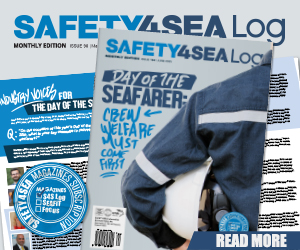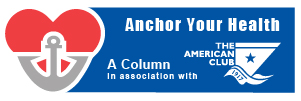 ATSB has issued a publication entitled: A systematic review of the effectiveness of safety management systems.
ATSB has issued a publication entitled: A systematic review of the effectiveness of safety management systems.
The study found that incorporating safety management systems (SMSs) into normal business operations does appear to reduce accidents and improve safety in high-risk industries such as maritime transportation.
At present, there have only been a small number of quality empirical evaluations of SMSs and it is unclear as to whether any individual elements of a SMS have a stronger influence on safety over other elements, although management commitment and appropriate safety communications do affect attitudes to safety.
Transport organizations that provide an appropriate investment and commitment to a safety management system should receive a positive return on safety.
Source: ATSB
Safety management system – A safety management system (SMS) can be defined simply as a planned, documented and verifiable method of managing hazards and associated risks.
High risk industries – Industries in which safety incidents and accident pose the risk of harm to the general public. For example, nuclear reactors, oil and gas, chemical manufacture, aviation, shipping, rail.
Low-probability / high-consequence events – Catastrophic failures which have a low likelihood of occurrence, but if they do occur have extremely significant consequences.
Work health and safety – Safety measures for the prevention of workplace injuries and management of workplace hazards, including control measures to limit the consequences of major incidents, to ensure the health and safety of all workers (including employees, contractors, volunteers, trainees) and third parties (formally known as occupational health and safety or OHS). Work health and safety laws and requirements apply to all workplaces, including high risk industries.



























































